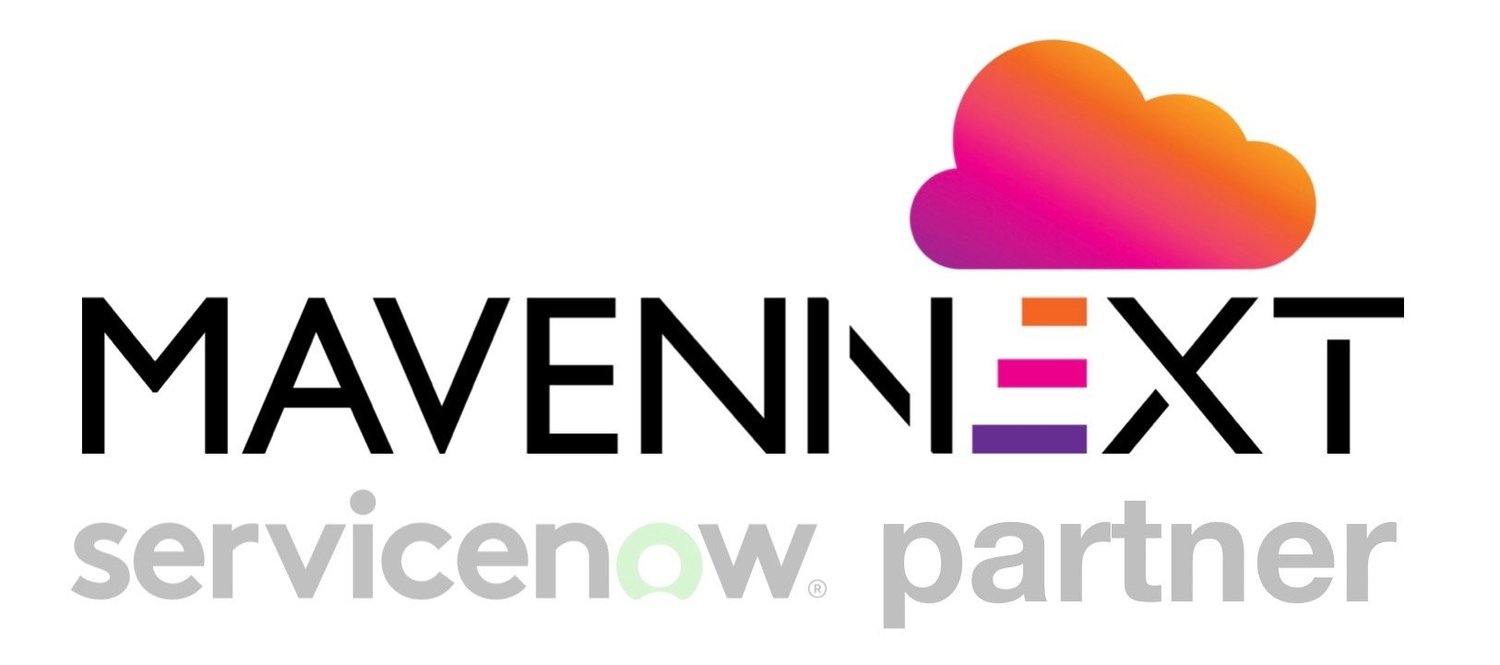The Tech Behind Your Portal
One important thing to keep in mind when considering a Portal overhaul is that ServiceNow Portal is really just another UI layer that sits on top of the processes you’re executing in the platform. Because of this, overhauling the portal usually involves organizational and process realignment, as well.
Often, expanding the audience and content for Knowledge articles is a key factor in a portal revamp. Engaging with your knowledge manager to get their input on K-base standards, and identifying any adjustments to the current knowledge process are essential to account for these changes. Answering questions like “Who can update and submit articles?” and “Who processes feedback on articles?” is critical here.
If at all possible, a phased approach can ease the transition for a portal makeover (For example, leaving the current catalog structure in place but having a knowledge-based front end as a “gateway” to the catalog). Because the portal typically has a much wider audience than other parts of the platform, internal communication, buy-in, and engagement is key. The portal has some development capabilities that can be great, but that can also lead to over-complex solutions when built-in capabilities can be just as effective. A phased approach that accounts for feedback from each phase informing the next, can be very effective in managing the above points.
With moving to a Services-driven structure for the Portal, getting involvement from service owners will be key. Identifying service owners, engaging them with the knowledge process and request processes, and getting their input on what requests and knowledge articles they need will be a big factor in how successful you are in realigning the portal with services.
All of these points all tie together, but they can really be summarized by saying that a portal overhaul is essentially a matter of defining your services, and identifying the knowledge articles and catalog items you use to inform your users about your service offerings, and then enabling them to request those offerings. The portal tidies up the presentation of all this, but it’s really a reflection of the structure you’ve built underneath it.
